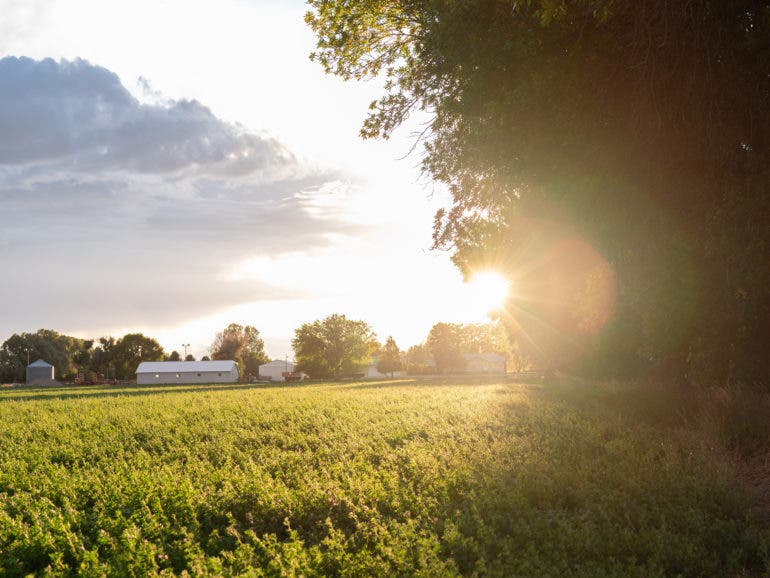Up until two years ago, I used only Leica full-frame equipment (M-system and SL2). Two years ago, in addition to the full-frame Leica equipment, I started shooting with Digital Medium Format, first with the Hasselblad X1D2 and recently also with the Fuji GFX 100s. I consider myself a perfectionist, and I am very thorough with my editing and printing. (I print my works by myself, including large prints.)
First, some background information to put this short article into context:
I am a semi-professional photographer, as only part of my annual income derives from my photography. In my professional capacity I shoot portraits, and in addition I do commissioned work for Interior Designers. As for my personal photography work, I shoot conceptual portraits, documentary projects, and street photography. And I only do black and white photography.
Do You Know?

Working with both full-frame and Medium Format, looking at the files and the prints it became clear to me there is something special with Medium Format photos. Not just the size of the files, but the depth of field, and field of view. Gradually, the more time I spent with these mid-format cameras, the more I realized what it was.
Most reviewers mention the special image quality of the Medium Format. They usually refer to greater detail, richer colors, etc.
But image quality is rather generic, so I will try to be more specific.
Medium Format Images and Light Rendering
For me, what I realized with time is that the primary difference between the two formats is in the quality of the light. I’m not talking about the characteristics or the properties of the light, but the way medium format camera (the ones I use) renders/exhibits light in the photos.

Most of the time, light in medium format photos has a special quality to it: an organic quality, a relaxing quality, a naturalness, a continuum, a flow reminiscent of silky, satin fabric. This special quality of light is very flattering, attractive, and pleasing to the eye.
The light in medium-format photos was not immediately obvious. It took some time to train the eyes. Just like tasting the nuances of very fine wine, or honing the ears to the subtleties of a Stradivarius or Amati violin compared to the finest modern violins, etc. And the more I worked with medium-format files and prints, the more noticeable this character became.
A couple of weeks ago, I showed a photographer friend a series of black and white prints I shot with my medium-format cameras of beautiful buildings bathed in morning light. I asked him for his opinion, and if he saw something special in these photos.
He liked the prints and found them attractive, but could not point to anything specific. I then asked him about the light in these photos. He did find the light “lovely” in his words, but could not see anything unusual. Later, he asked to see the prints again, and concluded that there was something special about the light.
My point is that the very special quality of light emanating from medium format cameras isn’t immediately apparent but something that becomes clear gradually and steadily. With time, this quality, this added value, becomes addictive.
About Jack Ronnel
This is a guest blog post developed exclusively for the Phoblographer from Jack Ronnel. You can find his work here at his website. All images, except Jack’s headshot, are photos from The Phoblographer staff.
I specialize in Black and White portrait Photography. I work with both digital (mostly) and film (for some projects).
I am shooting Conceptual Portraits, as well as Documentary style dynamic portraits. The portraits are usually intense and raw, capturing some of the energy and vitality of the subjects. I am also shooting reportage photography as well as special projects and assignments.
In my photography, I am emulating black and white film with a contrasty and grainy look that appears more “alive”, creating drama and a classical quality.
I develop and print my work, as for me it’s crucial to control the process and get the exact results I look for.
I love teaching. I coach photographers to be more creative and expressive using Black and White. I give lectures on the subject of Developing and Printing in Black and White.
There are many artists that inspire me with their aesthetics, clarity, precision of their work, and the drama they create. They include architects such as Foster and Gehry, Calatrava; composers such as Bach, Bruckner, and Mahler; and painters such as Modigliani, Klimt, and Egon Schiele.
I am inspired by several masters of Documentary and Portrait photography, such as Yousuf Karsh, Elliott Erwitt, Richard Avedon, Annie Leibovitz, Erving Penn, Platon. In addition, photographers such as Sebastiao Salgado and Anton Corbijn influenced me and drove me towards the special look of Tri-X 400 film.
My guiding principle in photography is to remain an amateur, in the true sense of the word: someone who does something for the love of it, rather than being a “professional” who does something for money. As Andre Kertesz stated,“ I am an amateur and intend to remain one my whole life long… The photographer’s art is a continuous discovery, which requires patience and time…”
Photography today is very different from what is used to be. Nowadays, commercial and editorial photos are too retouched and too processed, almost synthetic. When I hear comments such as “nobody shoots like this anymore”, this is the best compliment I can get.




Leave a Reply